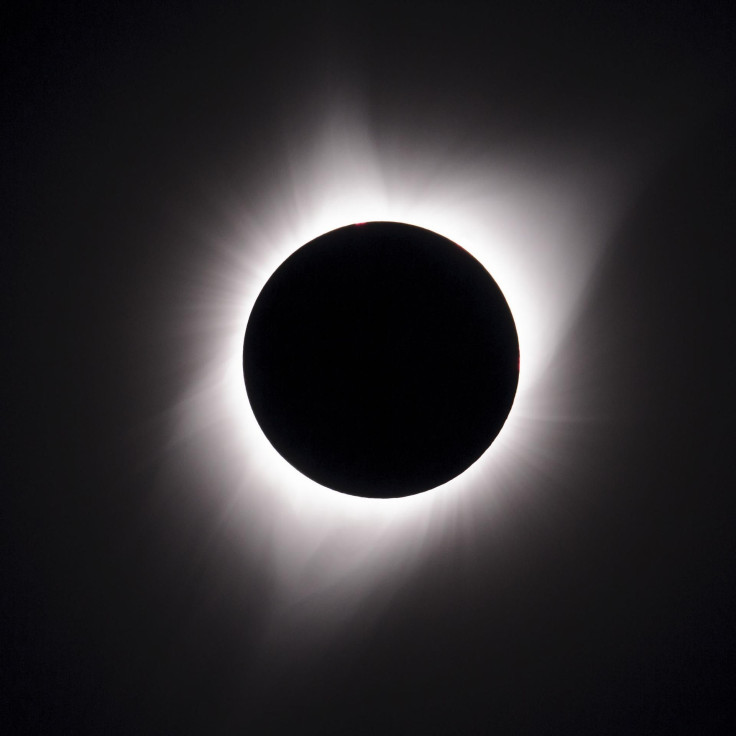Total Solar Eclipse In July 2019: Here's When, How To Watch The Eclipse

A total solar eclipse is set to happen on the first week of July. During the event, a portion of Earth will be covered by the Moon’s shadow.
The occurrence of solar eclipses is almost regular, happening at almost every 18 months. This occurs when the Moon moves between Earth and the Sun, blocking out the massive star’s light.
From Earth, the Moon will appear almost as big as the Sun. Aside from the Moon’s appearance, the most notable effect of a solar eclipse is the shadow that it will cast on Earth.
For this year, the upcoming solar eclipse will happen on July 2 at about 7:24 p.m. UTC or 8:24 p.m. BST, according to NASA.
Unfortunately, not everyone in the world will be able to witness the totality of the eclipse. The space agency noted that the upcoming total solar eclipse will be happening over parts of South America.
The totality of the eclipse will be visible in parts of Chile, Argentina and Pitcairn Islands. Those living in these regions can expect to experience over four minutes of the eclipse. Other countries including Uruguay, Ecuador, Brazil and Paraguay will be able to witness a partial solar eclipse.
As explained by NASA, a total solar eclipse can only be experienced if the region is directly under the moon’s shadow.
“A total solar eclipse is only visible from a small area on Earth,” NASA stated. “The people who see the total eclipse are in the center of the Moon’s shadow when it hits Earth.”
“The sky becomes very dark, as if it were night,” the agency added. “For a total eclipse to take place, the Sun, Moon and Earth must be in a direct line.”
For those looking to watch the upcoming solar eclipse, it is always important to practice safety measures for proper eye protection. The Centers for Disease Control and Prevention (CDC) warned that looking directly at the Sun, even for a short time, can cause permanent damage to the retinas. According to the agency, it is important to use goggles or viewing devices equipped with certified solar filters when looking at the Sun.
© Copyright IBTimes 2025. All rights reserved.





















